A year ago RaceFans sat down with Guenther Steiner to get his take on the upcoming 2019 season. Dressed in the black/gold of Rich Energy, the Italian-born, German-speaking team boss of Haas F1 was a on a high; his manner even jauntier than usual.
Clearly relishing the prospect of taking the fight to the F1’s ‘big three’ teams, having placed fifth in the 2018 championship, fourth place (or better) was on the radar of the young team.In addition, the team had snared Rich Energy in a deal said to be worth $15m per year, which promised to substantially ease the burden on team owner Gene Haas, owner of the eponymous machine tool company. Though some were sceptical – justifiably so, in retrospect – whether that amount of money would ever change hands.
Add in increased prize monies from its 2018 fifth place – based on 2018’s result but paid on 2019 revenues, Haas scored an additional $12m or so – and the team was in a better place in all respects than ever before. In short, the future of Haas F1 seemed secure.
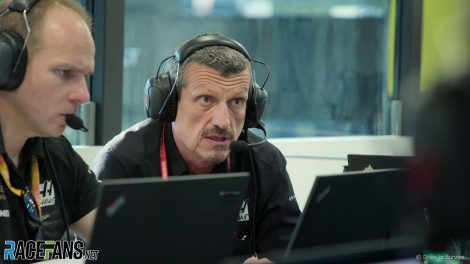
The contrast between then and now could hardly be greater. The black and gold is gone, the Haas cars back to their previous battleship grey, and 2019 delivered a cruel reality check: Ninth in championship, exactly midway points-wise between Sauber and Williams.
The team initially its slide down the grid on difficulties with its tyres. As the season wore on it emerged that fundamental changes to the chassis were needed. All this was widely covered at the time, but was highlighted again last week when the second series of Netflix F1 documentary Drive to Survive was released, including a painful 40-minute episode detailing Haas’s woes.
Advert | Become a RaceFans supporter and
Heading into 2020, the team faces renewed competition both from ‘conventional’ rivals and those whose models are clearly inspired by Haas’s. Racing Point’s RP20 uses last year’s championship-winning Mercedes as its inspiration, likewise AlphaTauri with sister team Red Bull. The ‘pink Mercedes’ looked like a leap forwards in testing, while AlphaTauri was circulating like clockwork. Haas – the usual caveats about testing performance notwithstanding – covered the fewest laps and set the slowest time.
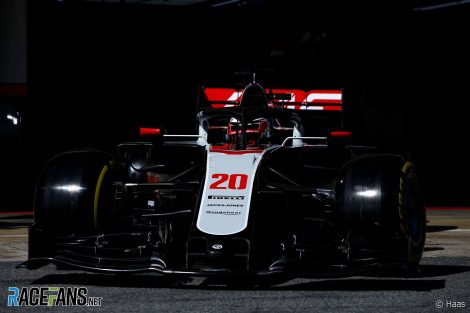
He doubtful this will happen. “First of all,” Guenther says slowly, “even if you draw on the resource of bigger teams it doesn’t mean you are immediately successful, and the drawing on the resource of bigger teams, as long as it’s legal there’s nothing wrong with it.
“So to answer your question if that could be six teams locking it out, no. there are other teams which could still do a very good job without having these collaborations.”
He corrects himself: “It’s not the ‘collaborations’. We are buying parts from the bigger team. I don’t see that as a threat to the championship that there are six teams which are better than four teams.”
Formula 1’s overhaul of the regulations next year will alter the dynamic between ‘A’ and ‘B’ teams, however. “There are a few changes coming,” says Steiner, “but they are not big.”
[smr2020test]Steiner says the scope for parts sharing has been reduced by 25% through a mix of major and minor components. But, he notes: “A major part could be a small part, but has a big effect on the car. So it’s a mix of it.”
That sounds like something which could have implications for Haas.
“We had to adapt this year because some of the parts this year we had to do ourselves like brake ducts, which we are not allowed to buy any more like it was before,” he says. “So you just adapt, if it is coming in slowly, we can adapt to it.”
However he has a warning for F1 if it chooses to tighten this area of the rules further. “There is a point where it doesn’t for us, our business model, make sense anymore to be here if they keep on getting away from the business model we were given when we came in.”
Fair enough, but surely Guenther was aware that the regulations could change going forward?
“Yes, you’re aware that it can change, but you don’t expect it. And then there is a certain agreement, which is not a written agreement, that other teams for sure politically pushed, because the expectation was that we [would] come in and finish last the next 20 years, you know.
“That didn’t happen, so we ruffled some feathers on that one. And then people started to complain and then people actually started to see that what we’re doing is not as dumb as it looks like, and started to copy. ‘If you can’t beat them, join them’.”
Steiner’s ‘not a written agreement’ jibe is believed to refer to behind-the-scenes moves by various competitors to close off what they saw as back-door entries into F1, and the subsequent reduction in listed parts from 2021.
Advert | Become a RaceFans supporter and
Steiner made a similarly pointed comment in an earlier group interview: “Sometimes you have to think before you talk, I will say that one, because maybe one day it’s your turn and then you cannot go against [it].
“As we all know, they complained quite heavily a few years ago, so now it is going full circle.”
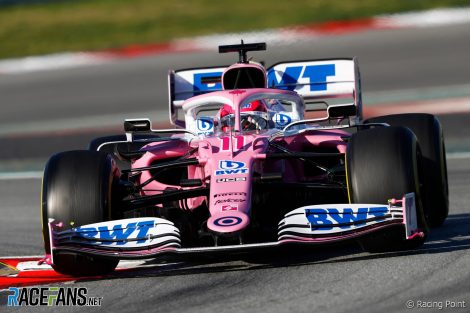
Red Bull and AlphaTauri have spoken openly about two-way collaboration. Asked whether Haas and Ferrari might do the same – meaning Haas would provide Ferrari with some parts – Steiner gives an emphatic “no”.
“We have got just enough to supply ourselves, so there’s no point. If you supply one of these teams, you need all the accreditation and everything, you need to be like an external supplier. That is not the business we are in. We could, but we don’t want to.”
For now, these matters lie in the future. Whether Haas is around to compete in 2021 is another matter, one which could be at least partly decided by how successful 2020 is for them. But Steiner knows he cannot ensure better performance this year.
“You try to do your best, you cannot take insurance out on it. You just try to see where we think we went wrong last year and just try to fix it. The regulations stayed stable, so you’ve got a better chance to see if you’ve got it fixed or not.”
Guenther is adamant that the business model does not lie at the root cause of their issues, that technology suppliers Ferrari and Dallara are just as committed to the performance of the team as would be the members of a team operating to a traditional model.
Italy-based Dallara is removed from day to day activities of the team, whereas as in traditional operations all employees are in it under one roof. But Steiner sees no shortcoming in his suppliers’ commitment.
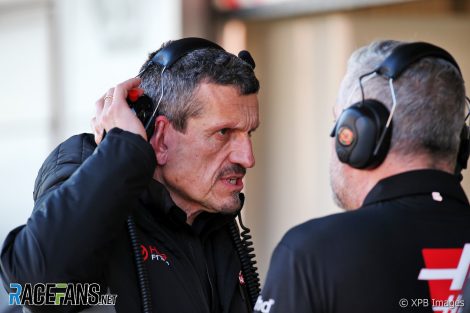
“Is it as good as if you had your own team? If you find good people, maybe it could be better, or if you find better people than them. But their people are good, they’re doing a good job, they put a lot of effort in, so I would say yes, we’ve got the same commitment.
“If you’re successful it’s good for Dallara. If you’re not successful… I could argue that maybe for them it’s even more important, because they need this to be successful so they get more work, because they’re associated [with Haas].”
Haas is manufacturing more of its own parts, Steiner notes.
“We picked up more in our machine shop [in the USA] to make moulds and parts in addition to wind tunnel parts, [the department] is doing a good job. It’s very complex, so that’s more efficient, we do more of that in-house now than we did in ’16.
“Otherwise, we’ve split a little bit some of the parts. The first car was almost made [solely] by Dallara, but for them it’s not good because it’s in winter, and they’ve got other work to do as well.
“So spreading it out is better for the business of everybody because otherwise Dallara get the big, big December, January, February and then they have it tough, so they can manage better and other people need to jump in. But otherwise not a lot has changed from 2016.”
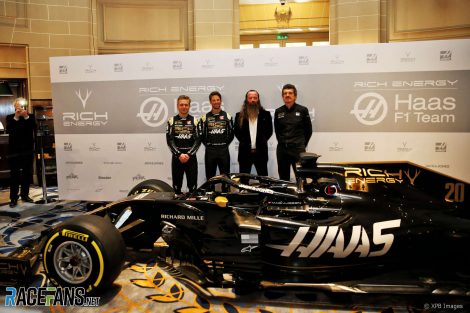
“We are a lot more careful,” says Steiner. “We have not burned fingers, but we are a lot more careful about what we are doing and we are in no rush to do anything. You can make a mistake once, and the second time doesn’t work.”
Clearly, though, F1’s global footprint is expanding, so surely the task of sponsorship acquisition is easing, I suggest.
“Yes, [but] because I think there is an incubation time, people need to realise that. I think Formula 1 for a while was not growing, was not getting better, and I think [F1 owner] Liberty is doing a good job in growing it and showing that the footprint gets better, that the TV gets better. In general it’s up. But it takes some time.”
Steiner believes that Liberty is doing a solid job, that F1’s commercial rights holder is putting in a lot of effort in growing the sport, particularly given its complex structures and factors such as its NASDAQ listing. However, the fact that the commercial rights holder is American, does not make life easier for what is F1’s only US team.
“For me this is a global business and we cannot think in any other way. A business like this, it’s a global business, Formula 1, you need to think global. I think now the owners, they think more American, but I think the growth comes from there, and therefore they think like this.”

Thus easy banter often flows between us, and he does not take exception when I jokingly call him “an international mongrel” on the basis of his nationality (Italian), home language (German) and domicile (USA). Though he points out it’s “a bit rich coming from an ‘effing’ South African-Belgian who speaks German at home…”
His well-documented Netflix appearances, known as much for their drama as for his language, has shared Steiner’s personality with a wider audience. Has Netflix raised his profile?
“No, I don’t do it to raise my profile, because I don’t need to do that,” he says, stressing that he was under no obligation to allow Netflix into his life. Steiner’s wife Gertraud and daughter Greta also feature in the new series, and the cameras followed him to his Italian home in Merano.
“I could’ve said no, but I think it raises the profile of Formula 1,” he said. “If you look at this in general, if they raise the profile of F1, we’re all doing better.
“I watch now all these Netflix series and Amazon or whatever; it’s TV-on-demand, and that is the trend. I mean, 40 years ago I couldn’t wait to get up in the morning, couldn’t wait to watch an F1 race. Now people watch at night, they binge-watch reality shows. It’s different, and we need to adapt to this culture, to grow it.”
All well and good, but how did his family react; after all they did not sign up to be TV stars?
“We [as a family] don’t really care. As you know, I don’t care about a lot of things. They were not unhappy. It’s like, ‘Yeah, OK’. [Netflix] asked politely, we have got the right to cancel stuff if we don’t want it.”
That said, as anybody who has seen the latest Haas episode will realise, not a lot – if anything – was edited out, but that’s Guenther Steiner for you. No airs and graces, just a burning ambition to make Haas F1 work. What you see is what you get.
RacingLines
- The year of sprints, ‘the show’ – and rising stock: A political review of the 2021 F1 season
- The problems of perception the FIA must address after the Abu Dhabi row
- Why the budget cap could be F1’s next battleground between Mercedes and Red Bull
- Todt defied expectations as president – now he plans to “disappear” from FIA
- Sir Frank Williams: A personal appreciation of a true racer




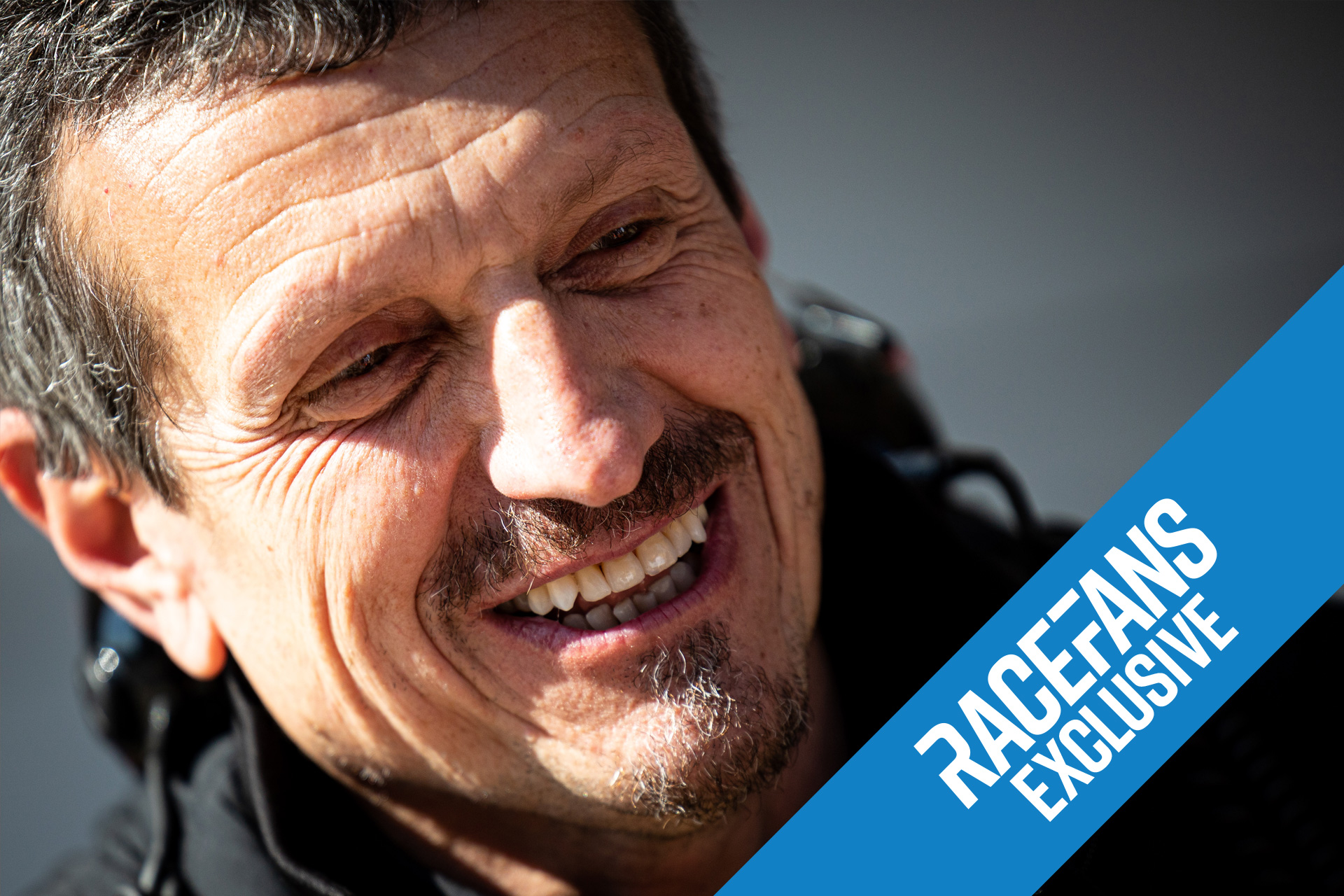
erikje
4th March 2020, 12:38
His image as a team leader is tarnished in my eyes.
Lots of f@#€& and little direction for the team.
His door is more important then his effect on the performance of the team it seems.
To be true, it seems he is lost. Not sure if Haas is happy with Steiner any longer.
Don
4th March 2020, 14:52
Agreed. He seems way too harsh when things are going poorly. Bitching but not moving things in the right direction. I wonder how many employees get sick of it and tell him to f-off?
NS Biker (@rekibsn)
4th March 2020, 18:28
Keep waiting for the classic line … “Vill continue the beatings until *&%^$#! morale improves.”
schooner (@schooner)
4th March 2020, 12:52
It will be interesting to see how Haas fairs this year. I have been pulling for the team all along, and the 2018 season left many Haas fans wondering if they might even fight for a lucky podium or two the following year. Obviously that did not happen. I now find myself thinking it likely that finishing eighth twice, then that fine fifth in their first three years, was not as much them performing superbly and punching above their weight as it was the more established teams they were beating performing below their potential. I have a feeling that Haas may well have a struggle in store to even remain ninth in the final standings this year.
Erik
4th March 2020, 17:24
“What you see is what you get ” The man is the genuine article, other team bosses never speak their mind in front of a camera. And having to deal with a pair of muppet drivers like he has would drive every team boss crazy.
SteveR
5th March 2020, 1:00
Speaking of Netflix horror shows, my brother, who is not an F1 fan, has been watching the series and really enjoying it. He phoned me yesterday to ask some F1 questions, then made the comment that Claire Williams looked like a deer caught in headlights as far as leading the Williams operation. I had thought the exact same thing; she totally lacks forceful leadership and seems determined to be liked by everyone. That’s nice in life, but in the shark world of F1………
JC
5th March 2020, 6:06
This was a difficult read with a lot of grammatical errors, missing words etc. Perhaps rushed out but could do with another edit.
As for Haas, I think their approach to going racing was innovative but they haven’t capitalised on it. They clearly benefitted from hitting the ground running in year one, but it’s not a model that’ll work year on year through stable regulations and fast developments by other teams.
DB-C90 (@dbradock)
5th March 2020, 7:44
Just remember that this is all for a US based TV show.
I’m sure Gene Haas is happy that his brand gets talked about so much by people who don’t really know anything about F1.
Doubt whether they would portray any f them any differently even if they were fighting at the top.
Luke S (@joeypropane)
5th March 2020, 9:35
Even if the car was fundamentally flawed (which, as with Williams, I struggle to believe entirely in this age of sensors on EVERYTHING and so much data…), you have to wonder what HAAS could have achieved with a Perez or Hulkenberg in the car instead of 2 wildly erratic drivers.
Invisiblekid (@invisiblekid)
5th March 2020, 23:03
All he does is shout and threaten them! No action despite some appalling driving and radio comments.
Grow a pair and dump them, they respect you less and less each time you take the mick (ON CAMERA!!!) and they still have a seat.